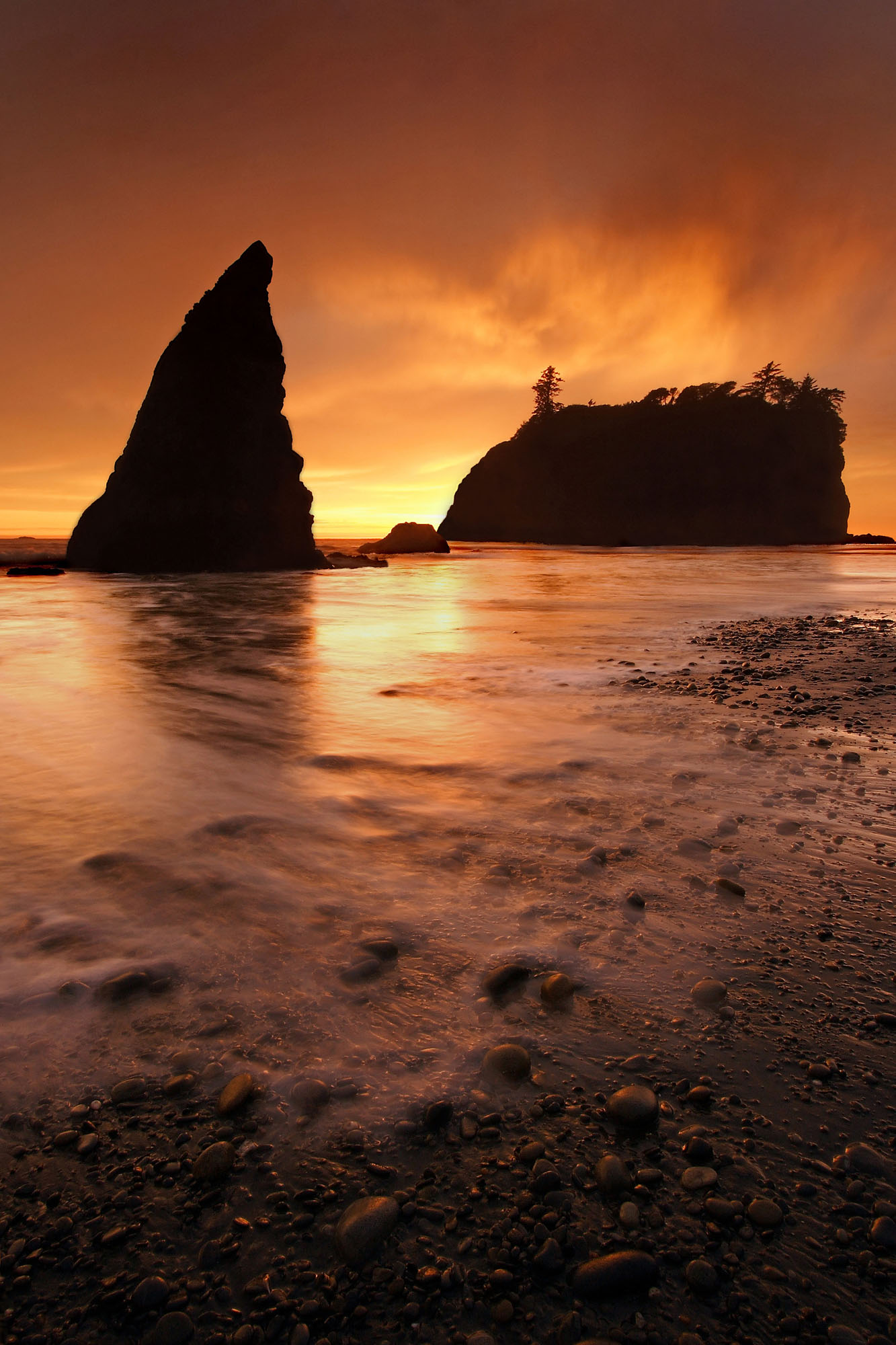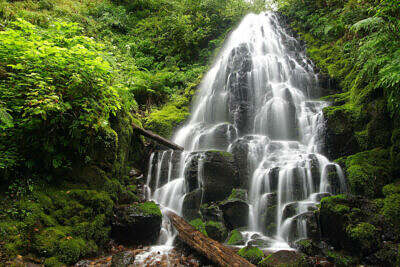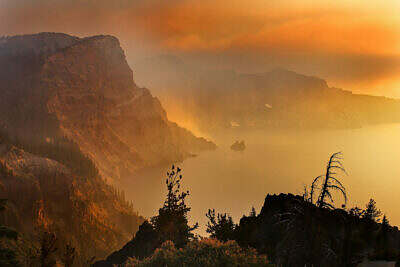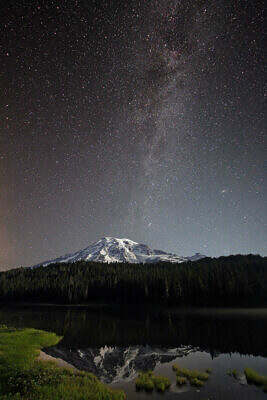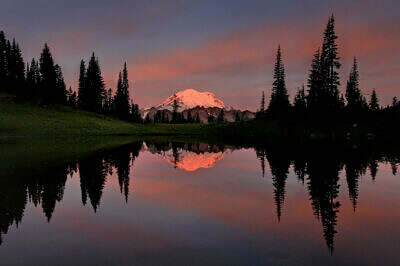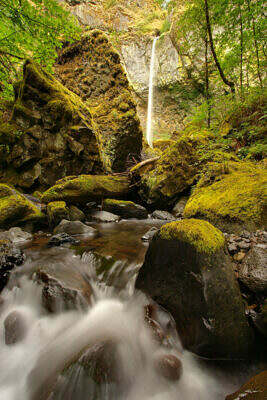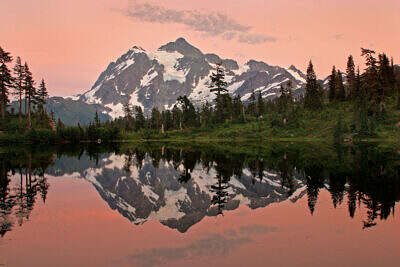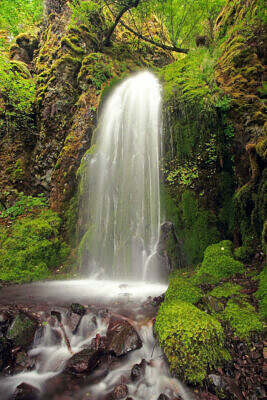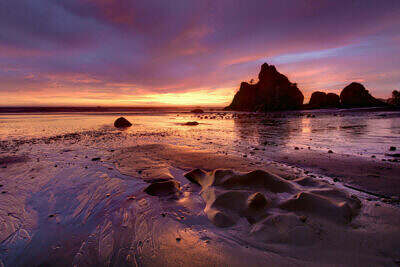Ruby Beach on the coastline of Olympic in Washington is famous for its impressive sea stacks and tree-topped offshore islands. In the wake of a low-pressure system moving in from the Pacific Ocean, the sunsets can be impressive.
-
Why the American west coast is exotic land
Growth of a Continent
- Life on Lava
- Paintings with Light
- Earth Spirit Rising
- Into a Distant Light
- Spellbound
- Cascadia Twilight
- A Dream within a Dream
- Land on the Move

